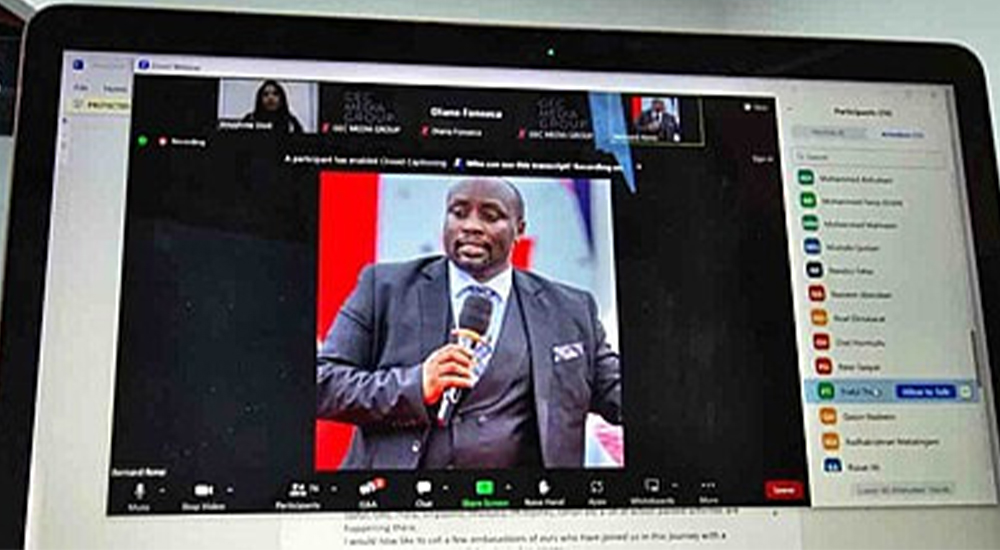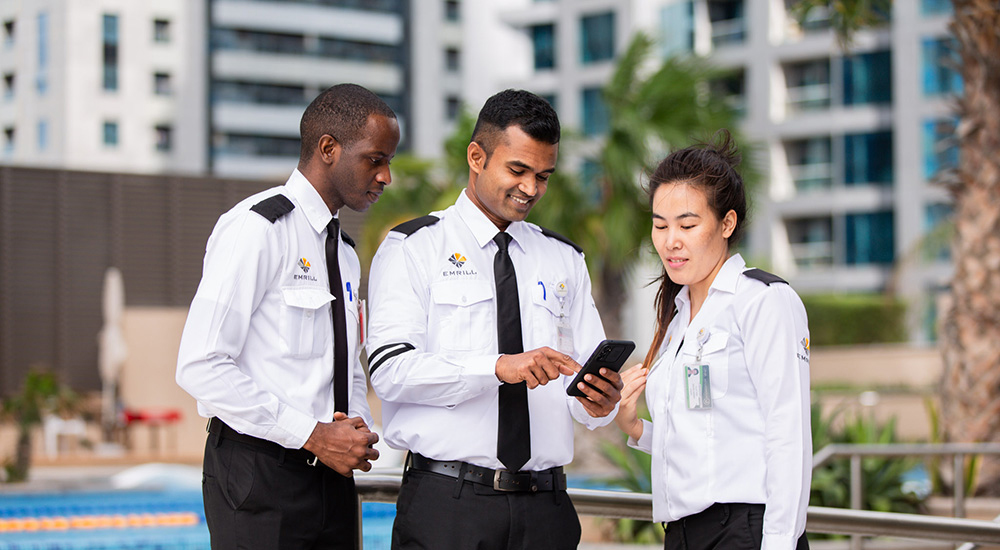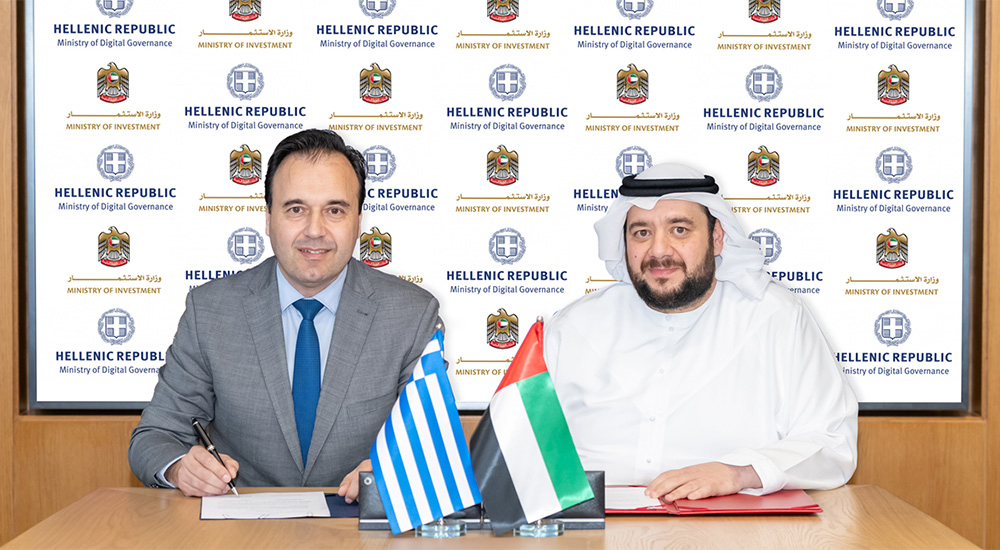What is WHO’s view on masks?
Masks should be used as part of a comprehensive strategy of measures to suppress transmission and save lives; the use of a mask alone is not sufficient to provide an adequate level of protection against COVID-19. You should also maintain a minimum physical distance of at least 1 metre from others, frequently clean your hands and avoid touching your face and mask.
Medical masks can protect people wearing the mask from getting infected, as well as can prevent those who have symptoms from spreading them. WHO recommends the following groups use medical masks.
Health workers
- Anyone with symptoms suggestive of COVID-19, including people with mild symptoms
- People caring for suspect or confirmed cases of COVID-19 outside of health facilities
Medical masks are also recommended for these at-risk people, when they are in areas of widespread transmission and they cannot guarantee a distance of at least 1 metre from others:
- People aged 60 or over
- People of any age with underlying health conditions
Non-medical, fabric masks are being used by many people in public areas, but there has been limited evidence on their effectiveness and WHO does not recommend their widespread use among the public for control of COVID-19. However, for areas of widespread transmission, with limited capacity for implementing control measures and especially in settings where physical distancing of at least 1 metre is not possible – such as on public transport, in shops or in other confined or crowded environments – WHO advises governments to encourage the general public to use non-medical fabric masks.
Does WHO advise the use of non-medical, fabric masks in the general public?
WHO recommends that people always consult local authorities on recommended practices in their area.
If there is widespread community transmission, and especially in settings where physical distancing cannot be maintained, governments should encourage the general public to wear a fabric mask. WHO also provides details on the composition of a fabric mask and how to safely wear one.
What is WHO recommending to countries that are considering the use of masks for the general public?
For countries that are considering the use of masks, WHO advises decision-makers to apply a risk-based approach to decide where, when and what type of masks should be used. WHO advises decision makers to consider the following:
Purpose of mask use: if the intention is preventing the wearer transmitting infection to others (source control) or to offer protection to the wearer against infection (prevention).
Risk of exposure to COVID-19 to the population or individual:
- Population level exposure measured by the amount of COVID-19 circulation in the community: that is, if there is known or suspected community transmission occurring.
- Individual level exposure depending on a person’s occupation: e.g., individuals working in close contact with the public (e.g., community health worker, cashier).
- Vulnerability of the mask wearer/population: for example, if supplies are adequate, medical masks should be used by people with pre-existing medical conditions, such as chronic respiratory disease, cardiovascular disease, cancer, immunocompromised patients or diabetes mellitus of any age, or people aged 60 and over.
Setting in which the population lives: settings with high population density (e.g. refugee camps, those living in cramped conditions) and settings where individuals are unable to keep a safe distance (e.g. crowded buses or other transport).
Feasibility: availability and costs of masks, access to clean water to wash non-medical masks, and ability of mask wearers to tolerate adverse effects of wearing a mask.
Type of mask: medical mask versus non-medical mask. Medical masks should be prioritized for health workers, symptomatic people and their caregivers.
In addition to these factors, potential advantages of the use of masks by the general population in the community setting include reducing potential exposure risk from an infected person during the ‘pre-symptomatic’ period or if an infected person is asymptomatic (that is when they may not have symptoms).
There are potential risks and disadvantages that should be taken into account in any decision-making process on the use of masks:
- Non-medical or fabric masks could increase potential for COVID-19 to infect a person if the mask is contaminated by dirty hands and touched often, or kept on other parts of the face or head and then placed back over the mouth and nose
- Depending on the type of mask used, could cause difficulty in breathing
- They can lead to facial skin breakdown
- They can lead to difficulty with communicating clearly
- They can be uncomfortable to wear
- It is possible that mask use, with unclear benefits, could create a false sense of security in the wearer, leading to diminished practice of recognized beneficial preventive measures such as physical distancing and hand hygiene.
What types of masks are used against the spread of COVID-19?
Medical masks (also known as surgical masks): these are made from a minimum of three layers of synthetic nonwoven materials, and configured to have filtration layers sandwiched in the middle. These masks are available in different thicknesses, have various levels of fluid-resistance and two levels of filtration. These medical masks reduce the respiratory droplets from the wearer to others and to the environment. They also prevent transmission of the virus from others to the wearer.
Hands should be cleaned with alcohol-based hand rub or soap and water before putting on a clean mask and after removing the mask. These masks should be worn tightly on the face. The wearer should avoid touching the mask while it is on the face and the mask should be immediately discarded if it becomes moist. Importantly, wearing a mask must be combined with other preventive measures including performing frequent hand hygiene and physical distancing of at least 1 metre.
When and how to use masks
Respirators (also known as filtering facepiece respirators – FFP) and available at different performance levels such as FFP2, FFP3, N95, N99): these are specifically designed for healthcare workers who provide care to COVID-19 patients in settings and areas where aerosol generating procedures are undertaken. Healthcare workers should be fit tested before using a respirator to ensure that they are wearing the correct size.
Non-medical masks (also known as fabric masks, home-made masks, DIY masks) can act as a barrier to prevent the spread of the virus from the wearer to others.
They can be purchased commercially or handmade, and are generally not standardized like medical masks. There are numerous types of fabric masks, they should cover the nose, mouth, and chin and be secured with elastic loops or ties, include multiple layers, be washable and reusable.
Remember, the use of a fabric mask alone is not sufficient to provide an adequate level of protection. Maintain a minimum physical distance of at least 1 metre from others, frequently clean your hands and continue to avoid touching your face and the mask.
WHO will be referring to non-medical masks as fabric masks.
Which individuals should wear medical masks in the context of COVID-19 according to WHO?
It is important to remember that the use of masks should be combined with other key infection prevention and control measures such as hand hygiene and physical distancing, as they do not protect against COVID-19 on their own.
WHO recommends the use of medical masks for the following individuals:
Health workers
Why? Health workers are the most likely to be exposed to the COVID-19 virus because they are in close contact with patients with suspected or confirmed COVID-19 and their surrounding environment. However, there are also reports of many health workers who are infected with the COVID-19 virus outside of the health facilities.
In areas where there are many people infected with COVID-19 in the community, health workers and caregivers should wear a medical mask while in clinical areas throughout the shift (apart from eating and drinking or needing to change the mask for specific reasons). This includes any clinical area, and in particular, triage and emergency rooms, family physician/GP practices, outpatient departments, COVID-19 dedicated units, haematological, cancer and transplant units, long-term health and residential facilities. It includes doctors, nurses, midwives, cleaners, and others working in clinical areas.
This is in addition to the previously WHO recommended practices that health workers caring for suspect or confirmed COVID-19 patients should follow droplet/contact precautions where a medical mask is part of the PPE package of recommendations, that includes: surgical gown, gloves, medical mask, and eye protection.
Please note, this is different from respirators, which are recommended for use in the context of where aerosol generating procedures are performed in health settings for a suspect/confirmed COVID-19 patient. In these settings, WHO recommends the use of airborne and contact precautions.
People who are sick and exhibiting symptoms of COVID-19 or may suspect they have COVID-19
Why? Anyone who is sick, even with mild symptoms such as muscle aches, slight cough, sore throat or fatigue, should isolate at home and use a medical mask. Coughing, sneezing or talking can generate droplets that can spread the infection. These droplets can reach the face of others nearby or land on the surrounding environment. If an infected person coughs, sneezes, or talks wearing a medical mask, this helps to protect those nearby from infection. Sick people needing to go to a health facility should wear a medical mask.
Anyone taking care of a person at home who is sick with COVID-19
Why? Those caring for individuals who are sick with COVID-19 should wear a medical mask for protection. Close and frequent contact with someone with COVID-19 can put those caring for them at high risk.
People 60 years old and over or anyone with pre-existing medical conditions (such as diabetes, high blood pressure, heart disease, lung disease, or cancer)
Why? These people should wear a medical mask for protection because they are at a higher risk of becoming seriously ill with the disease and dying.
Remember, the use of a fabric mask alone is not sufficient to provide an adequate level of protection. Maintain a minimum physical distance of at least 1 metre from others, frequently clean your hands and avoid touching your eyes, mouth, and nose while wearing a mask.
WHO recommends that people always consult local authorities on recommended practices in their area.
Does WHO recommend the use of fabric masks for the general public?
At the present time, the widespread use of masks everywhere is not supported by high-quality scientific evidence, and there are potential benefits and harms to consider.
However, there are some settings in which it may not be possible to keep physical distancing and the use of a mask could be helpful to provide a barrier to limit the spread of potentially infectious droplets from someone who is infected. In addition, there is some evidence which suggests that some infected people without showing symptoms may be able to transmit the virus others.
For this reason, WHO advises that governments should encourage the use of non-medical fabric masks, which can act as a barrier to prevent the spread of the virus from the wearer to others where there are many cases of COVID-19, for people in the general public where physical distancing of at least 1 metre is not possible – such as, on public transport, in shops or in other confined or crowded environments.
It is important to note that masks should only be used as part of a comprehensive strategy. Masks on their own will not protect you from COVID-19. People should also clean their hands frequently and maintain a distance of at least 1 metre from others.
Since there are many types of fabric masks available, does WHO have any guidance on which masks to use?
WHO is actively studying and encouraging research on the science of masks. New research findings identified the following preferable types of fabrics, number of layers and the composition of a non-medical, fabric mask:
- an inner layer of absorbent material such as cotton
- a middle layer of non-woven material such as polypropylene
- an outer layer of non-absorbent material, such as polyester or polyester blend
- More information on the types of materials and their effectiveness can be found in the updated mask guidance document –
Coronavirus disease (COVID-19) technical guidance: Infection prevention and control / WASH
Make sure to construct or purchase a mask that lets you breathe while talking and walking briskly.
Remember, the use of a fabric mask alone is not sufficient to provide an adequate level of protection. Maintain a minimum physical distance of at least 1 metre from others and frequently clean your hands.
WHO recommends that people always consult local authorities on recommended practices in their area.
How should I wear and care for a fabric mask?
Using a fabric mask:
- Clean your hands before putting on the mask.
- Inspect the mask for tears or holes, do not use a mask that is damaged.
- Adjust the mask to cover your mouth, nose, and chin, leaving no gaps on the sides.
- Avoid touching the mask while wearing it.
- Change your mask if it gets dirty or wet.
- Clean your hands before taking off the mask.
- Take off the mask by removing it from the ear loops, without touching the front of the mask.
- Clean your hands after removing the mask.
Caring for a fabric mask:
- If your fabric mask is not dirty or wet and you plan to reuse it, put it in a clean plastic, resealable bag. If you need to use it again, hold the mask at the elastic loops when removing it from the bag.
- Wash fabric masks in soap or detergent and preferably hot water (at least 60 degrees) at least once a day.
- If hot water is not available, wash the mask in soap/detergent and room-temperature water, followed by either boiling the mask for 1 minute OR; by soaking the mask in 0.1% chlorine for 1 minute and thoroughly rinsing the mask with room temperature water (there should not be any toxic residue of chlorine on the mask).
- Make sure you have your own mask and do not share it with others.
Does WHO recommend the use of gloves in the community to prevent transmission of COVID-19?
No, WHO does not recommend the use of gloves by people in the community. The wearing of gloves may increase risk of infection, since it can lead to self-contamination or transmission to others when touching contaminated surfaces and then the face.
Therefore, in public places such as supermarkets, in addition to physical distancing, WHO recommends the installation of public hand hygiene stations at the entrance and exit.
By widely improving hand hygiene practices, countries can help prevent the spread of the COVID-19 virus.
WHO recommends that people always consult local authorities on recommended practices in their area.
What are the key measures all people should do to protect themselves and others in the context of the COVID-19 pandemic?
It is an important reminder that in the context of the COVID-19 pandemic, everyone, regardless of the use of masks, should: avoid groups of people and crowded spaces;maintain physical distance of at least 1 meter from other people, especially from those who are sick; clean your hands frequently, using an alcohol-based hand rub if hands are not visibly dirty, or soap and water; cover your nose and mouth with a bent elbow or paper tissue when coughing or sneezing, dispose of the tissue and clean your hands immediately after use; refrain from touching your mouth, nose, and eyes.
Above all, stay informed of the progress of the disease, pay attention to local authorities and their recommendations, and follow and encourage best practices.




